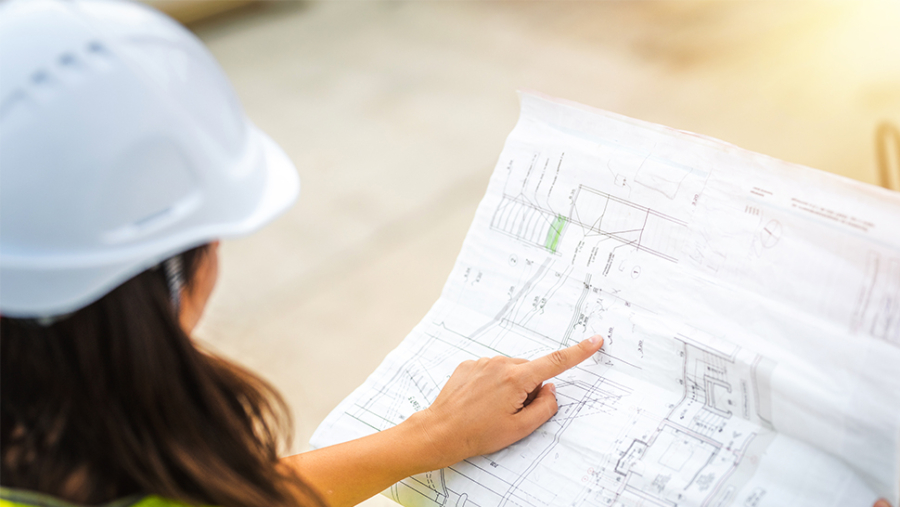

The government has introduced the Building Safety Bill in response to the Grenfell Tower fire of June 2017. The Bill has been described an “important development for all those in planning, construction, property management, property-related dispute resolution, residential development, taxation and health and safety.”
Following the fire, Sajid Javid MP (in his capacity as Communities Secretary at the time) announced a formal review of building and fire safety. Former Chair of the Health and Safety Executive, Dame Judith Hackitt, was appointed to conduct the review.
Dame Judith concluded that the existing building safety regime was not fit for purpose, with unclear roles/responsibilities and insufficient regulatory oversight. She was concerned that “some of those who construct buildings treat the minimum standard in the Approved Documents [of the Building Regulations] as a high bar to be negotiated down, rather than genuinely owning the principles of a safe building.”
Consisting of over 50 recommendations, the Hackitt Review proposed a “radical rethink” of the building safety regime.
The new Bill is the product of those recommendations and years of consultations.
It was first introduced to Parliament on 5 July 2021 and the government has stated that it will “create lasting generational change and set out a clear pathway for the future on how residential buildings should be constructed and maintained.”
For ‘higher risk’ buildings comprising at least two residential units, and which are over 18 metres in height (or seven stories), the Building Safety Bill establishes a tighter regulatory regime which includes:
- Mandatory reporting of structural and fire safety occurrences.
- A new Building Safety Regulator with approval, enforcement and prosecutorial powers.
- New obligations on clients, principal designers, principal contractors with “gateway” points at design, construction and completion to ensure fire and structural safety is considered at every stage of a building’s development.
- The creation of new “Accountable Person” and “Building Safety Manager” roles and duties to ensure that fire/structural safety continues to be managed during a building’s lifetime.
- Criminal liability for companies and their directors for breaches.
In addition, the Bill sets the groundwork for a New Homes Ombudsman Scheme, which aims on providing a means of redress for owners of newly built homes.
The Bill also includes provisions which will more than double the limitation period for breach of duties contained in the Defective Premises Act (DPA) 1972.
Section 1 of the 1972 Act applies to works carried out in connection with the provision of a dwelling (i.e. houses and flats) and imposes a duty on contractors and professionals:
- to use proper materials
- to carry out work in a workman-like/professional manner
- to ensure the dwelling is fit for habitation.
The extension of the limitation period is to have retrospective effect. Consequently, claims previously thought to be out of time may be pursued. Understandably, leaseholder groups have welcomed the extension of the limitation period in which claims can be lodged for defective works.
However, one criticism of the Bill is that it “could leave the industry scrambling to defend itself against an unprecedented avalanche of claims.” That said, a new wave of claims should not be expected overnight.
The government’s transition plan document (which was published alongside the Bill) sets out its timetable for bringing each of the Bill’s proposals into effect.
Due to its size and complexity, the Bill is not anticipated to complete its passage through Parliament until March 2022.
Many aspects of the Bill are not anticipated to take effect for at least 12-18 months from the Act coming into force. Nevertheless, the government has encouraged “future dutyholders to start preparing for the new regime immediately.”











